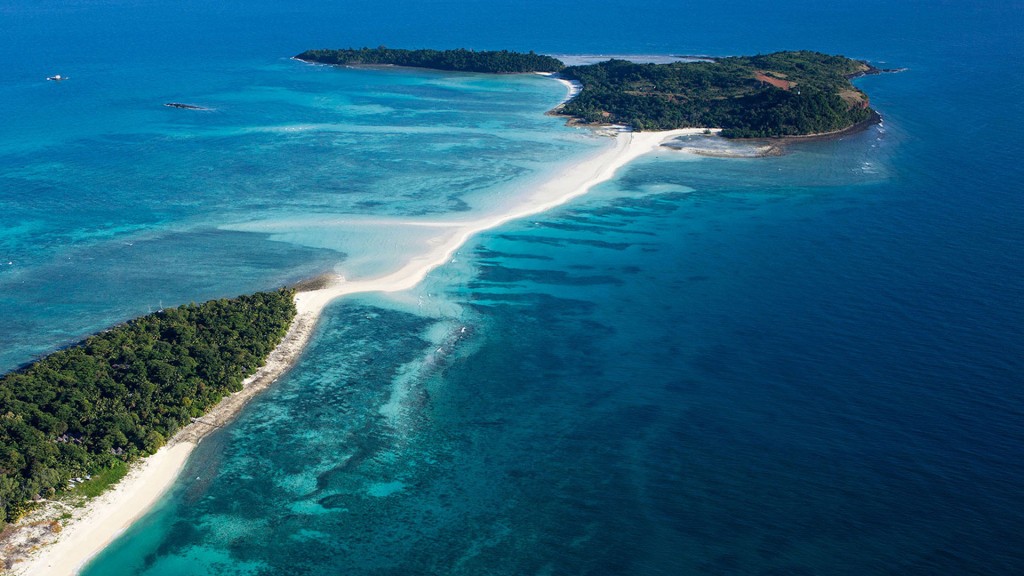Throwing new light on how India isolated from Africa and Madagascar and amalgamated with the Eurasian plate, a group of scientists has brought up a fresh report which stated that, the hypothesis about India’s seclusion and merge during its journey is nothing than a myth. By thoroughly going through a tiny midge enclosed in amber, a team of researchers from the University of Bonn in Germany is now about to settle down the myth that states, in the middle period of the collision of India with Eurasian Plate and post its severance from Africa and Madagascar, it was moving around unaccompanied for 30 years.
During the research, the scientists have detected some solid evidence of infinitesimal insect fossils near Surat, which are said to be quite identical the fossils discovered in the forest of Germany, Europe, and China. Small midges were sheathed in tree resin since 54 million years and converted into fossils. Such insects are also known as “biting midges” which are distinguished by their blood sucking nature from the human body. With not-more-than-one-millimeter-mass, the discovered fossils have prompted indications that, the migration of these insects must not happen between the allegedly isolated timeline of India, Europe, and Asia.
The detected midges, having many resemblances to the midges of similar age from Europe and Asia, have raised questions over the isolation theory of India. While further experimenting on this, another team of scientists from University of Gdansk (Poland) and Lucknow told that the discovered midges were allegedly flying between India, Europe, and Asia, which with the isolation of India won’t be possible.
According to the lead author of the study, Frauke Stebner from the Steinmann Institute at the University of Bonn, “We conducted the research on 38 encased biting midges, collected from Europe and China. After through analyzing, we found multiple character similarities between them. The midges of Baltic possessed the accurate nature with the midges collected from Fushun, located in the north-east China.”
Though, how the insects spread between migrant India and Eurasia has yet not confirmed, but the possibilities of the birds and various other groups of mammals crossing the ocean between Europe and India at the time can’t be denied, said a paleontologist, referring to the study published in the journal PLOS ONE.
